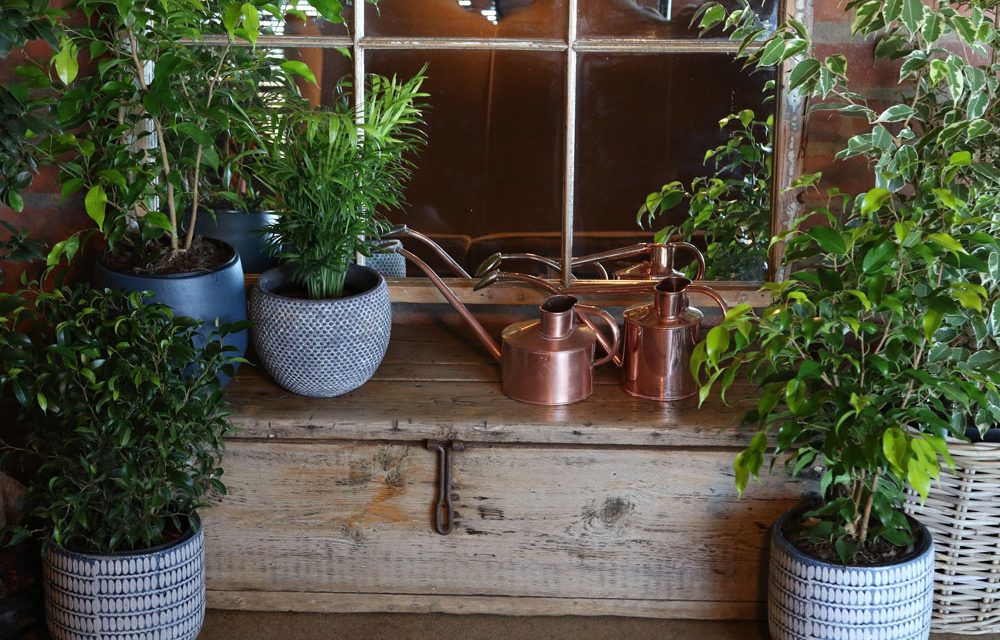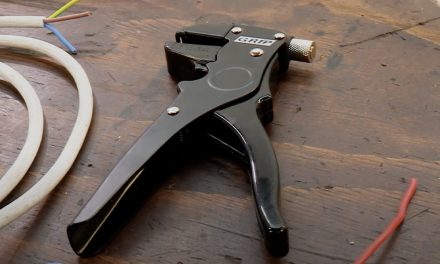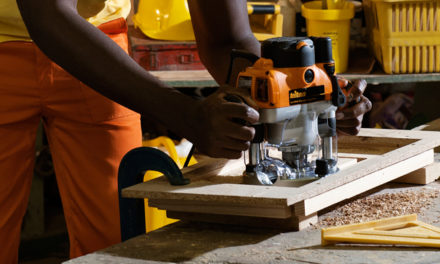We have all seen social feeds of luscious greenery in apartment spaces filled with Philodendrons reaching for the sky and delicate plants growing in glass bowls.
The indoor plant craze is here to stay! These shade loving plants have been repurposed for the use of bringing nature closer to us. If you have not embraced this trend or if you are new to “plant parenting”, here are a few tips to make you a better indoor plant person.
Light
All plants need light to grow. It is important not to get confused between sun and light. Most indoor plants will not tolerate direct sunlight on their leaves, leaving them scorched and deformed. When we discuss light, it is the natural filtering of light into an area or indirect light. Light next to a window will be brighter than light in the middle of a room. Always consider the lighting requirements of each plant such as, whether they require high-light or low-light. It is important to pay attention to how the sun moves over your indoor area and how it will affect the growth of your plant. Fortunately, there are many funky table lights available that can assist in adding more indirect light to your space. Another great tip is to rotate your pots every couple of weeks to encourage even growth, otherwise you will end up with skew growing plants.
Watering
This is where the biggest mistakes are made and how we may end up killing our plants with kindness. It could be quite difficult to manage watering when you have 50 houseplants, so try to dedicate time to this activity. Do not assume that your plants need water if it has wilted leaves, this could mean the total opposite as many plant leaves can wilt due to overwatering. Always check that the soil is dry before watering. Some plants do need more water than others, but the general rule is to water every seven to ten days. Overwatered plants can cause disease and the demise of your plant babies.
Fertilising
We all need a snack every now and then, our plants are no different and this is why fertilising should form part of your watering routine. Indoor plants or potted plants should be fertilised every 2 to 4 weeks with a liquid fertiliser. When keeping your plant in a pot with a potting medium, the nutrients will soon be depleted, leaving your plant in poor condition and stunting the growth, thus a liquid fertiliser will assist in providing your beloved plant with the necessary elements to grow healthy.
Adding that extra bit of luxury to your tropical plants
As people we do not enjoy humidity, but your plant will love it! Most indoor plants originate from tropical areas, hence the name “tropical plants”. By knowing where your plants are grown naturally, you will be able to create a similar environment with ease. When grouping similar plants together, mini biomes or mini ecosystems can be created. Misting high-humidity-requiring plants will also mimic their natural rainforest environment.


When to repot
Most plants purchased from garden centres are grown in peat-based soil. This is a temporary growing medium and your plant should be re-potted within 6 months of purchase. When repotting, your new pot should be one size larger than the current pot along with a good quality potting soil. If you are not using a pot cover and plastic pot, cover the drainage hole with a shade cloth to prevent soil from spilling out the bottom.


Remove the plant
Gently remove the plant from the current pot and notice the healthy roots in abundance. Fill your new pot halfway with potting soil and place the plant inside the pot. Fill the potting soil around the plant and firm down. A good watering after repotting is also necessary to let the soil and roots settle into place.
Beginner plants
There are an array of plants perfectly suited for beginner “plant parents”, one of these is the Spathiphyllum, commonly known as a “peace lily”. This plant can tolerate high and low light. In high light, it will produce beautiful ivory-coloured flowers. When thirsty the plant leaves will droop and after a sip of water, the leaves will fill with moisture and stand proud again.
The other firm favourite is the Philodendron genus of plants. They are easy to grow and put on a great show with their glossy green leaves. One in particular, Philodendron selloum, will cope well in high and low light areas. These plants originate from the tropics and prefer moist soil and higher humidity. It can produce aerial roots, taking up moisture from the air. This plant is also ideal for shaded balconies as the large leaves are not as rigid and can move more freely in windy areas. This is a non-vining plant and will bush out as it grows. It has also been noted as an excellent air purifying plant. These plants are quite happy sitting snug in a pot for long periods of time before repotting.
Indoor plants can turn our homes into tranquil living spaces. With good practices, we can all become excellent plant collectors, discovering the benefits of bringing nature inside our homes.




















